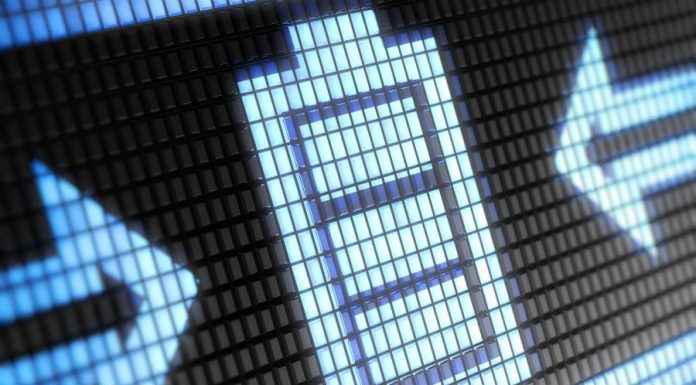
A team of University of Texas engineers, led by Professor John Goodenough, has developed a new lithium-glass battery that could displace current lithium-ion standards. The technology is safer, charges faster, and is more efficient than anything in the market now.
Goodenough, who was one of the co-inventors of the lithium-ion battery three decades ago, believes his new invention could unlock the potential of electric vehicles as alternative means of transportation that run on clean energy.
Tesla is one of the companies trying to change the clean energy landscape on a global scale, just one battery pack, solar roof tile, and vehicle at a time. Glass cells look like a promising alternative that electric automakers could adopt in the future.
How are lithium-glass batteries different from lithium-ion ones?
Most power suppliers, including those using lithium-ion technology, are based on the same energy transference model. They have an anode and a cathode, better known as a positive and negative side respectively, between which the ions travel when it charges.
In the case of lithium-ion batteries, the electrolytes that carry the ions are liquid, whereas in lithium-glass batteries these are solid. As a result, these new power cells can have alkali metal anodes that generate a greater energy density in the cathodes, precisely three times as much as lithium-ion cells.
All-solid-state batteries with glass electrolytes can have lithium, sodium, or potassium anodes, which extend their lifetime significantly. They are also reliable, and they charge fast, so they could solve the problem of lithium-ion batteries that deteriorate quickly over time.
Furthermore, lithium-glass technology is more stable because it poses much less of a hazard than fast-charging traditional cells. If charging too quickly, these can trigger a reaction that sparks fires and explosions like the infamous case of the Samsung Galaxy Note 7.
Electric cars with lithium-glass batteries could triple their movement range
Thinking big about the future, Goodenough and his associates think their invention is important not only because it could significantly increase the performance of our gadgets, but also because it could be the key to a full-on transition to a clean energy future.
“COST, SAFETY, ENERGY DENSITY, RATES OF CHARGE AND DISCHARGE AND CYCLE LIFE ARE CRITICAL FOR BATTERY-DRIVEN CARS TO BE MORE WIDELY ADOPTED. WE BELIEVE OUR DISCOVERY SOLVES MANY OF THE PROBLEMS THAT ARE INHERENT IN TODAY’S BATTERIES.”
Lithium-glass batteries can also perform well below subzero degree temperatures, making them a valuable option for truckers and inhabitants of places with extreme weather.
Perhaps one of the most promising aspects of the new technology is that it is highly recyclable and low-cost. Sodium anodes, in theory, could be made using seawater, while the glass components of the batteries could use recycled bottles for its source material.
Engineers working on the all-solid-state batteries are in the process of patenting their discoveries. It remains to be seen if electric automakers and other clean energy companies embrace the technology once they can.
Source: Intel











